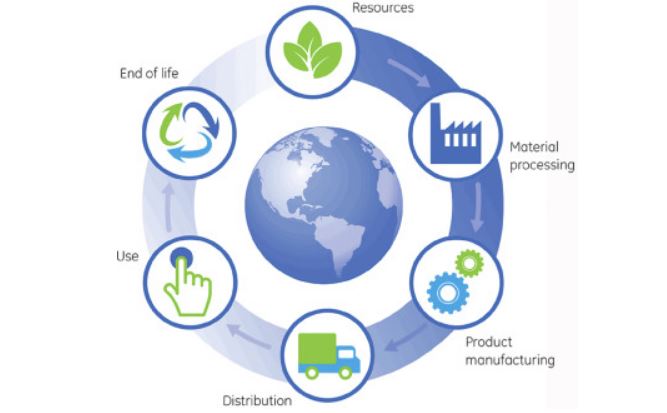
Susan Cholette, VP of Consulting Services
So you’ve decided it’s time to see what sort of environmental changes your company can make, and you’ve chosen us as consulting partners in this journey, congratulations! But where to start? And what should you do to avoid wasting your time or money?
Do you want to perform a company-wide assessment or focus on a key product that you think may have some opportunities for improvement? While we can help you perform a corporate greenhouse gas inventory analysis, let’s assume for now you have decided on the latter, which means doing a life-cycle assessment (LCA) to calculate the carbon footprint and other environmental impacts from the production, delivery, use and disposal of a product or product category. While FoodCarbonScope is an option for a primarily agricultural product, it’s likely that CarbonScope will be the tool of choice.
The first phase of any LCA is to define the goal and scope. We would recommend a quick consultation at this point, since this prep work will ensure you are collecting the right data. During this phase we set the system boundary and the functional unit, and if you are not yet certain of these, here are some things to consider. While our tools can model your product’s journey from cradle-to-grave, if your product is a single-use product, like a snack, or you have very little control or insight into its downstream distribution, cradle-to-gate may be sufficient. Packaging often has large impacts. We recommend making use of our system diagram template to visualize your product and its associated supply chain.
The next phase is the inventory analysis, which includes collecting all the information on your product: the bill-of-materials and associated sourcing and delivery information, the energy purchased, waste management, and potentially some agricultural specific parameters for farmed ingredients. If you outsource this phase of the analysis to consultants, it can quickly rack up billable hours, as the consultants have to learn about your product, get connected with your operations department or your vendors, and compile this information. (And you still had to take the time and effort to make all these connections happen).
We recommend using our spreadsheet template to collect as much of the information yourself as possible. Building a model is an iterative process: you may not have detailed information on all the ingredients, parts or components, and so we advise using placeholder data in the interim before you delve deep into researching tertiary ingredients. The template includes places where you can list assumptions and indicate the degree of confidence in your data. While we are always available to consult with, you are undoubtedly the experts in how your product is sourced, manufactured, and delivered.
Phase three is the impact assessment. While some companies may purchase a subscription to CarbonScope and perform this next step themselves, we would generate results for the three impacts we track: embodied carbon (in Kg CO2e), embodied energy (in MJ), and embodied water (in liters). Through tabular and graphical data we can quickly show you where your hot spots are, and by doing some sensitivity analysis, determine where the model may need to be fine tuned and more data collection is called for.
If, however, the results seem sufficiently robust, the final step would be to interpret the results and make recommendations for change. We would generate comparisons if any alternate scenarios were defined. We typically write up a short Word document presenting key results and recommendations, but we will not deluge you in or bill you for pages of boilerplate. You will also receive a detailed Excel spreadsheet reporting all the impacts by stage, processes, and scope, so that you can slice and dice the data as desired.
At this point, it’s likely that one of your employees who has worked with us has learned a lot about our tools and methodological approach. Should you decide to do some further analysis on alternative sourcing or production methods or perhaps consider another product for analysis, we can of course help you with more of our consulting but you also have the option of buying a subscription to CarbonScope and relying on your in-house expertise.